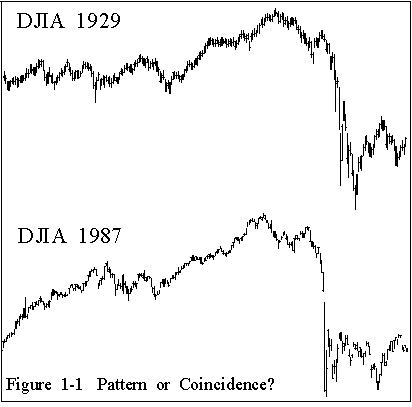
DOW JONES
ichimoku
 - Selected
Chart Services - - Selected
Chart Services -
Dow
Jones Indu.

Nikkei
225 Index

Charts Courtesy of Yahoo! Inc®
"HOW BAD CAN IT GET?"
Pretty bad...Here are some
statistics to put it all in perspective:
-
From the 1899 to
the 1990 there have been 26
Bear Markets.
-
The average length of a Bear
Market is 17.4 months
-
The average decline is 30.8%,
(Almost 1/3 of your holdings)
-
The largest declines:
1901(-44%),
1906(-46%),
1929(-90%),
1937(-47%),
1939(-41%),
1968(-44%),
1973(-46%),
1976(-27%),
1987(-41%),
1990(-27%).
 Composite Bond Rates Composite Bond Rates
Get
the latest rates
 Market Summary Market Summary
Commentary
and analysis about the bond market
|

Although
sentiment generally is quite optimistic, it is noted that a large
number of commission houses are strongly advising customers to take
profits during advances in the stocks being carried. Similar
recommendations in the past resulted in clients losing their long
position and paying higher prices for their favorite shares, so that
it is now admitted that many outsiders are not inclined to follow this
advice at the moment. Many are looking for technical corrective
reactions from time to time, but do not expect these to disturb the
upward trend for any prolonged period.
- Wall Street Journal,
9/4/29
Dow
Diaries: The 5 one day bigger moves
The
biggest was the historic crash that brought the industrials down
22.61% on Oct. 19, 1987. Among the causes of the 1987 crash were
rising interest rates, the U.S. bombing of Iranian oil platforms,
friction with U.S. trading partners, rampant speculation in the
futures markets, and loss of investor confidence after the Dow
industrials skidded in September and early October.
The second-worst, third-worst and fourth-worst days occurred within
about a week of each other in the crash of 1929. As in 1987, the 1929
crash had been preceded by a boisterous economic and stock-market
boom. Speculation by investors who needed to put down only 10% of the
purchase price for their stocks fueled the Roaring Twenties bull
market, but also aggravated the crash. When their brokers demanded
more collateral, investors were forced to sell shares, producing a
downward spiral.
The fifth-worst day was Dec. 18, 1899. According to historian Robert
Sobel of Hofstra University, the U.S. had suffered some casualties in
the Philippines fighting against guerrillas seeking independence, and
the British had suffered losses in the Boer War. What's more --- as is
so often a factor in market declines -- interest rates were rising.
EMERGING MARKET DEBT SPREAD TO TREASURIES
AND GOLD FUND INDEX DAILY
|
30Y T bond yield |
ABN emerging
market debt spread index |
10 global Gold
and Silver Mutual Funds index |
  
|
|
10Y T bond yield |
5 Y T note yield |
Philadelphia Gold and Silver
Index |
  
|



